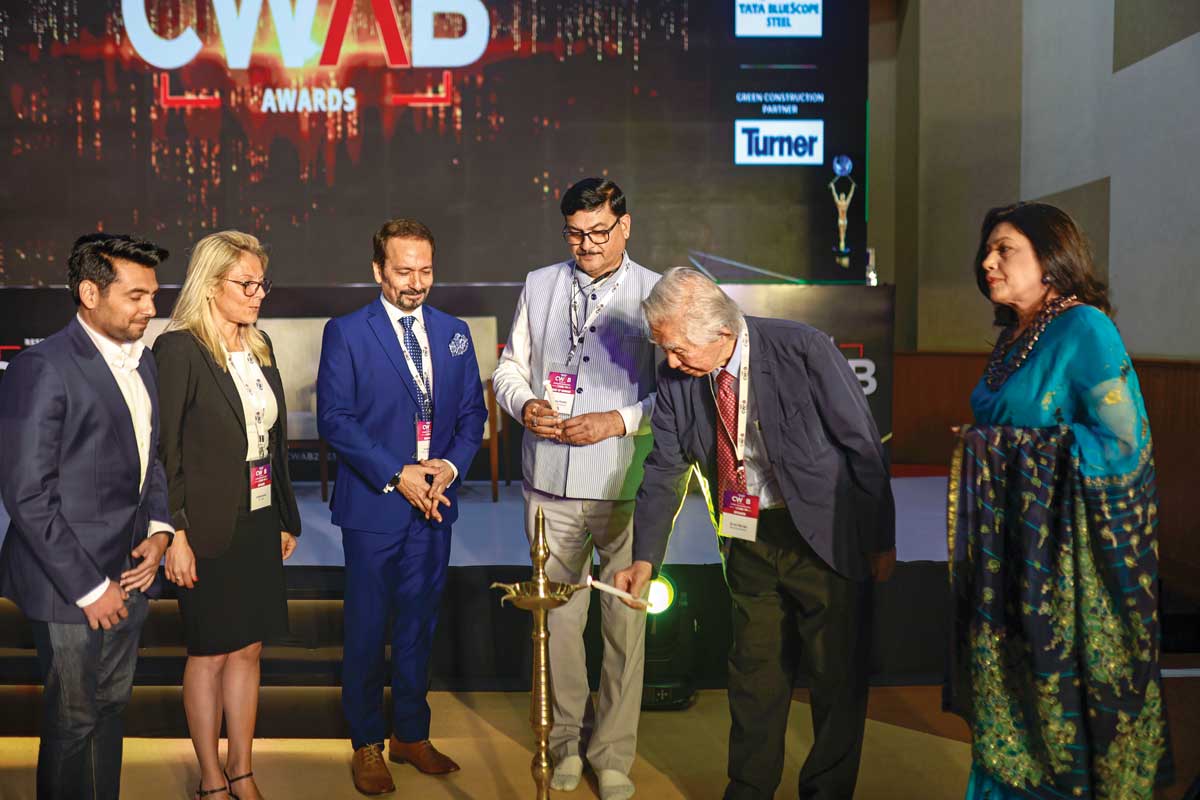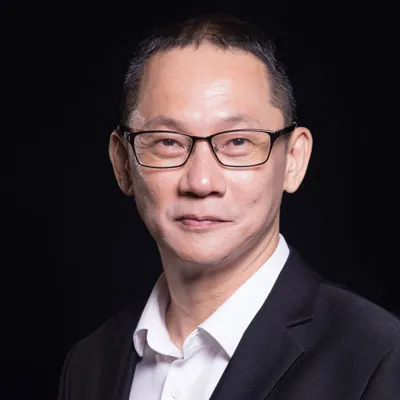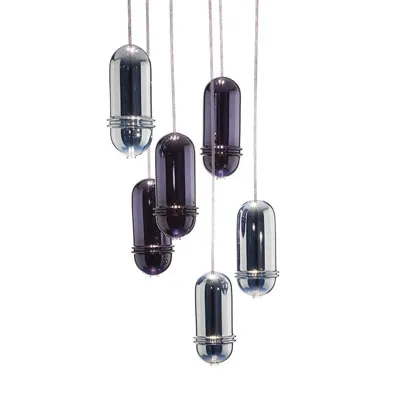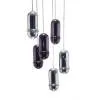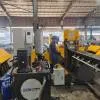The 18th edition of the CONSTRUCTION WORLD Architect and Builder Awards in Mumbai, was a joyous celebration of triumph, energy, strength, and enthusiasm.
Seventeen remarkable years led to this moment, undeterred even by the challenges posed by the pandemic. As the calendar turned to August, the CW team, yet again, stood poised to deliver to this industry its long-awaited and richly deserved celebration. With unwavering determination, the industry convened once again to bestow recognition upon the paragons of industry excellence. Amidst the echoes of achievement and the resounding applause, the 18th CONSTRUCTION WORLD Architect and Builder (CWAB) Awards, enthralled, yet again. The 18th edition the CWAB Awards and the international conference, based on the theme of ‘Responsible design’, was organised by the FIRST Construction Council. As expected from an event of this magnitude, it was a scintillating, opulent affair with top dignitaries and top brass from multinational companies from across India and the world in full attendance. Every year after a meticulous process that recognises architectural and building firms for their excellence, the design-build fraternity comes together to celebrate their achievements in different categories. This year before the awards could be handed out, a discussion on sustainable urban development unfolded with a rich exchange of insights from key industry experts. In a gathering brimming with visionary perspectives, professionals from various domains illuminated the challenges and opportunities of building a greener future for our cities.Pratap Padode, Founder and President, FIRST Construction Council, sounded a subtle word of caution that seemingly small lapses could lead to deadly disasters and lamented how – “Lack of design integrity can have far-reaching consequences that can not only blemish a nation’s image in delivering precise and dependable results but can also cause death and destruction. The Leaning Tower of Pisa built over 199 years suffered and tilted due to negligence in soil examination, the architect of Citigroup Centre in New York made a blunder by not calculating the strength of the structure to withstand winds beyond 125 kmph and similarly poor road designs in India are causing nearly 500 deaths a day due to road accidents. The FIRST Construction Council is constantly working to raise the construction standards by creating awareness through its research and events.” About design, in keeping with this year’s theme, he added a point to ponder, “Good design is harder to notice since good design fits our needs.”The event was graced by keynote speakers Dr Liu Thai Ker, Founding Chairman, Morrow Architects & Planners; Cristina Savian, CEO and Founder, Be-Wise; and Subharthi Guha, Associate, Zaha Hadid Architects, London. Renowned urban planning visionary, Dr Liu Thai Ker, eloquently outlined a transformative journey at the 18th CWAB Awards and International Conference. An enlightening discourse, his words culminated in a celebration of the event’s resonance. The symphony of urban planning seamlessly blended with the humanist heart of a city that thrives on the collective passion and dedication of its planners. Recognised as the ‘Father of Urban Planning of Singapore’, Dr Liu shed light on Singapore’s remarkable evolution from poverty-stricken ghettos to a thriving, inclusive city through meticulous planning and sound policies. This metamorphosis led to impressive achievements, with housing and home ownership rates soaring. Dr Liu emphasised that similar successes are possible for any city by embracing precise scientific planning, coupled with a humanist approach and artistic integration of the environment.Echoing this sentiment, Cristina Savian from Be-Wise, shared that her journey into digital twins, was a preventive measure against catastrophes like the 2008 Genova bridge collapse. She passionately stated, “The haunting collapse of the Genova bridge was a watershed moment for me. Witnessing the devastating consequences of corrosion drove me to explore the uncharted realm of digital twins – a realm that holds the promise of averting such heart-wrenching catastrophes.” Savian’s commitment to her vision is underscored by her diligent research. Among her findings, she noted that India and Italy were positioned at the bottom of a list of top 100 online articles discussing digital twins. However, a notable shift is on the horizon. Savian proudly announced that her digital-twins policy proposal for infrastructure projects garnered public consultation, indicating a promising shift in India’s stance.Subharthi Guha from Zaha Hadid Architects ignited a captivating exploration of architecture’s artistic essence. Guha proclaimed, “Architecture is a language,” igniting a discourse that harmonised centuries of artistic evolution with the world of design. Diving into nature’s intrinsic absence of straight lines, Guha celebrated the rippling patterns adorning iconic global structures, bridging the gap between human creation and the organic world. “Nature’s aversion to straight lines is a profound revelation. The undulating ripples crowning iconic airports globally connect architecture and nature in mesmerising ways,” shared Guha. Guha’s discourse wove art and architecture into an insightful tapestry. His exploration epitomised design’s potential to transcend structures, sculpting human experiences and connections.Similarly, the Guest of Honour for the evening Abhay Purohit, President, Council of Architecture, envisioned a technology-driven future for construction, emphasising India’s potential as a global service provider by 2035. He remarked, “Construction technology is in the midst of a transformative phase, with digital twins and 3D technology leading the charge. These innovations are illuminating the path towards a paradigm shift in how we approach and execute projects.” Looking to India’s future, Purohit envisioned a remarkable trajectory. However, he emphasised the imperative of nurturing world-class quality services. “As the torchbearer of a youthful population, India’s potential is vast. To realise the 2035 vision, we must prioritise excellence in our offerings.”Over to the panelA gathering of professionals from diverse domains converged to discuss the challenges and prospects of fostering environmentally sustainable urban futures.Rahul Kadri, Principal Architect, IMK Architects, recounted the evolution of the Symbiosis project since 2003, highlighting unforeseen shifts that shaped its path. Kadri emphasised its eco-friendly features, like innovative brick usage and reduced topsoil, crucial in curbing carbon emissions.On his part, Harsh Varshneya, Principal Architect, Sthapati, delved into design intricacies and incorporating local elements, especially drawing from airport projects. He stressed that design should evoke a sense of place through the fusion of local elements and intricate artwork, fostering community resonance.Manoj Rustagi, EVP and Chief Sustainability and Innovation Officer, JSW Cement, underscored the financial aspect of sustainable construction. He championed slag cement’s cost-effectiveness and resilience over traditional options, aligning environmental and financial interests.Tackling the nuanced relationship between cost and environmental impact in constructing Platinum-rated buildings was Dr Hari Parameshwar, Director of Design and Build, Shapoorji Pallonji. He suggested strategic planning involving stakeholders to balance these factors. And emphasising the financial dimension in a savings-centric economy was Sunil Godbole, Director and Regional Head, CBRE. He noted how numbers tend to shape decisions, influencing the economy’s trajectory.Dr Parameshwar proposed leveraging technology, such as 3D modeling and digital platforms, for effective stakeholder collaboration. These tools could ensure alignment with project plans, facilitating comprehensive participation. And, Kadri concluded by advocating for citizen engagement in urban development through collaborative models. By utilising technology and participatory platforms, cities can harness residents’ ideas for an enhanced quality of life.The experts collectively shed light on multifaceted urban development in an era of sustainability imperatives. Their diverse insights, backed by experience and innovation, guide cities towards a greener, harmonious future.Partners in progressSpeaking at the event, here is what some of them had to say: Umesh Kank, Assistant VP Marketing, KEI Wires & Cables, said, “We anticipate this particular event CWAB 2023 to be a great platform to connect and that it will be beneficial for each and every participant.”Manoj Kumar Rustagi, Executive VP and Chief Sustainability and Innovation Officer, JSW Cement, remarked, “The CONSTRUCTION WORLD event has been excellent. It is a fantastic initiative to bring together building material suppliers, architects, and builders to discuss challenges and work together to create a sustainable environment and healthier, more sustainable urban living.“CWAB,” Atul Shirke, Deputy Managing Director, Turner Project Management Services, opined, “is actually a fantastic platform that encourages various stakeholders and we feel that this encouragement has to continue.”In agreement, Sebi Joseph, President, OTIS India, said, “We are proud to be associated with CONSTRUCTION WORLD and I congratulate the team on its illustrious journey of over 25 years.”“The CWAB Awards,” Vijay Sharma, Director - Corporate Affairs, Jindal Stainless, remarked, “have been educating and enlightening with new opportunities. Being a juror for the architects, I can say that the selection process has been robust and I wish CONSTRUCTION WORLD all the best and look forward to newer synergies.”Perceiving it to be an experience of sorts, Piyush Nahar, Senior GM - Solution Business, Tata Bluescope Steel, said, “The CWAB Awards have been a fascinating and great experience for me as a juror. Witnessing marvelous designs and projects from all corners of the country with respect to sustainability, I believe that we are on the right track to leaving a greener future for the next generation.”Bhavik Bhandari, CSMO, Ashwin Sheth Group, said, “The CWAB Awards have been a great platform for the recognition of players in the construction segment across the various verticals of the business. A brilliant initiative, it is recognition for excellence in our individual spheres of influence and is a massive morale booster.” At the event, which was nothing short of epic in scale, over 25 awards and firms received recognition. Speakers at periodic intervals addressed an enthralled crowd on a variety of subjects and panellists engaged in spirited discussions that spanned continents, languages, and schools of thought. Excellence in construction celebrated Most of the awardees after winning their awards and during their acceptance speeches concurred that they were collecting the awards on behalf of their teams saying it would not have otherwise been possible. “This is an honour that I have received a few times,” said Harshavardhan Neotia, Chairman & Managing Director, Ambuja Neotia Group, as he thanked the jury and his entire team at the Ambuja Neotia Group for this achievement. The one common uniting thread was the comment that the CWAB Award, referred to by Shekhar Patki, Principal Architect, PG Patki Architects, was “the Oscars of the Construction industry.” It has set a high benchmark by honouring excellence and innovation in construction for nearly over 20 years. The golden statuette, symbolising a pinnacle of achievement, was praised as an acknowledgment of the relentless dedication put forth by the winners. Christopher Charles Benninger, Principal Architect, CCBA Designs, offered a thought-provoking perspective in his acceptance speech. He refuted the conventional notion of constructing the tallest or grandest buildings as the ultimate goal. Instead, he advocated for a shift towards investing in education and learning. Benninger cited the example of a 40-story student complex to illustrate that the true value of architecture lies in its contribution to education and personal growth.Towards a sustainable and innovative futureAs the event concluded, a prevailing concern lingered in the minds of many award recipients regarding environmental responsibility. The subjects of carbon footprint reduction, green steel utilisation, net-zero buildings, and sustainable construction techniques dominated post-event discussions. Amidst the diverse range of topics covered – spanning urban planning, sustainability, skill development, and architecture inspired by art and nature – a common theme emerged. Attendees were captivated by the event’s infectious zeal for shaping a brighter future and fostering a positive aura.The CWAB Awards were not only a celebration of architectural and real estate achievements, but also a platform for dialogue on critical issues affecting the design-build community. The event’s impact reverberates throughout the sector, inspiring professionals to strive for excellence while keeping sustainability and education at the forefront. As the curtains closed on an evening of distinction, that brought together prominent architects, designers, builders, and industry leaders, the spirit of innovation and camaraderie carried forward into the future, fuelling a legacy of progress that transcended boundaries and left an indelible mark on the landscape of building and architecture.
